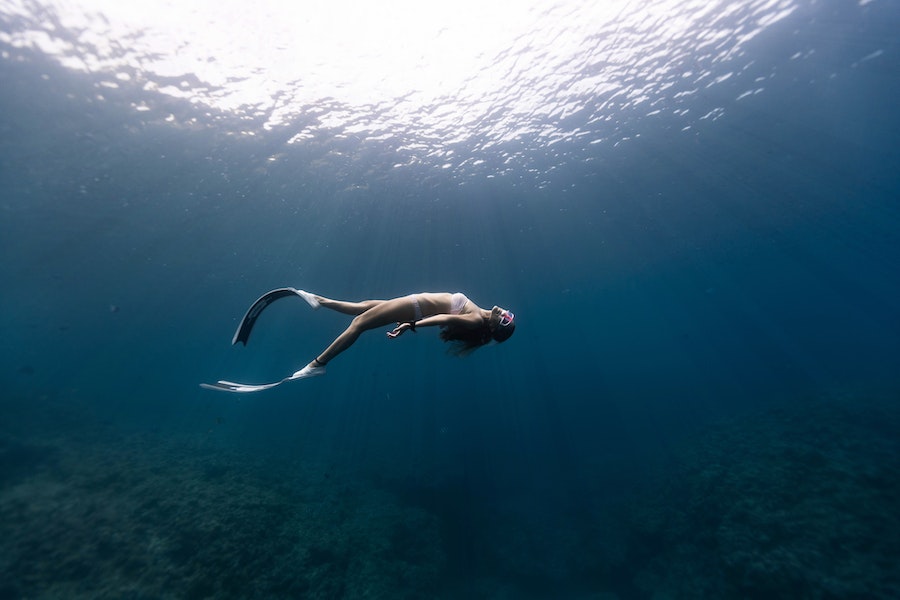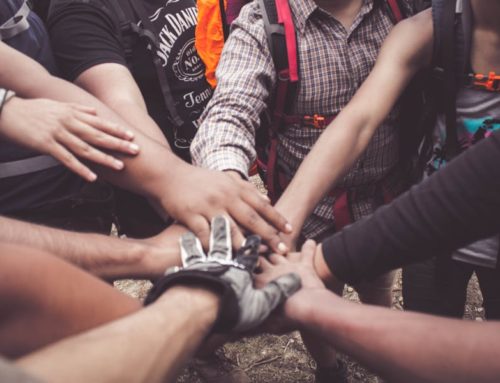As the sun shines bright and the temperatures rise, it’s time to indulge in the joy of summer sports and outdoor activities. Whether you’re an avid athlete or simply enjoy staying active during the summer, optimizing your performance and preventing injuries is essential. There are remarkable benefits of Cold Laser Therapy as a game-changer for summer sports enthusiasts, let’s discover how this cutting-edge treatment can help you enhance recovery, reduce pain, and elevate your athletic performance to new heights.
Understanding Cold Laser Therapy:
Low-level laser therapy (LLLT), also known as Cold Laser Therapy or photobiomodulation, is a therapeutic technique that utilizes low-intensity laser light to stimulate cellular function and promote the mending of various tissues of the body. It has been widely used in the field of physical therapy, sports medicine, and rehabilitation.
When we talk about low-level laser therapy or cold laser therapy, we’re referring to a technique that involves using specific wavelengths of laser light on the target tissue. These lasers emit coherent light, meaning the light waves are all lined up and have a fixed relationship with each other. They’re not very powerful lasers, and they operate at specific wavelengths within the red to near-infrared spectrum, usually between 600 to 950 nanometers.
Now, the reason why the choice of wavelength is so important is that different tissues in our body absorb and respond to light at different levels and with varying effects. That’s why the red and near-infrared wavelengths are often chosen, as they can actually penetrate through the skin and reach the deeper tissues like muscles, tendons, and joints.
Once this low-level laser light interacts with the target tissue, it triggers a series of biological mechanisms that set off the curing process. Here’s a break-down of how it works:
First, the cold laser stimulates the mitochondria, which are the energy powerhouses inside our cells. It encourages them to produce more adenosine triphosphate (ATP), the primary energy source for cellular functions. ATP is crucial for cellular repair and recovery. Then it enhances circulation by promoting something called vasodilation. This means that the blood vessels in the area widen, allowing more blood to flow into the target area. This increased circulation brings in more oxygen, nutrients, and immune cells to the injured or inflamed tissue, which helps with the healing process and reduces inflammation. Modulating our immune response and dampening down the inflammatory mediators. It can also encourage the formation of anti-inflammatory cytokines, which further help to calm down the inflammatory cascade.
The production of collagen increases, which is a vital component of connective tissues like tendons and ligaments. By stimulating fibroblast activity, the cold laser promotes the synthesis of collagen, which is crucial for tissue repair and regeneration. The cold laser also has an effect on cellular signaling. It can actually influence various cellular signaling pathways, including those involved in gene expression, cell proliferation, and differentiation. These effects, in turn, help promote tissue repair and regeneration.
Now, when it comes to the energy levels used in Cold Laser Therapy, they’re typically quite low, ranging from just a few milliwatts to a few watts. The specific energy density, or dose, is measured in joules per square centimeter (J/cm²), and it determines how much energy is delivered to the tissue over a specific treatment area. To effectively target injuries, inflammation, and muscle fatigue, the laser parameters are adjusted accordingly. This includes factors like the specific wavelength, energy density, treatment duration, and technique employed. All of these factors can vary depending on the condition being treated, the depth of the target tissue, and the desired therapeutic outcome.
When it comes to the application of Cold Laser Therapy, it can be done directly on the skin using handheld devices or specialized equipment. The treatment is typically painless and non-invasive, allowing for precise targeting of specific areas of the body that need attention.
Incorporating Cold Laser Therapy to Accelerate Performance:
Summer sports like soccer, tennis, and swimming can cause injuries like muscle strains, joint pain, and tendonitis. Cold Laser Therapy accelerates healing and reduces recovery time, helping athletes return to summer activities quickly. To optimize performance, Cold Laser Therapy promotes tissue regeneration, improves muscle tone, and enhances range of motion. It strengthens vulnerable areas, reducing the risk of setbacks and allowing athletes to fully enjoy their sports.
We combine Cold Laser Therapy with complementary techniques and treatments for maximum benefits. Our holistic approach empowers athletes to excel and prevent injuries, provide pain relief, reduce inflammation, and stimulate tissue repair. Trust our clinic’s expertise and commitment to effective practices and visit with our experienced healthcare professionals for a thorough analysis.







